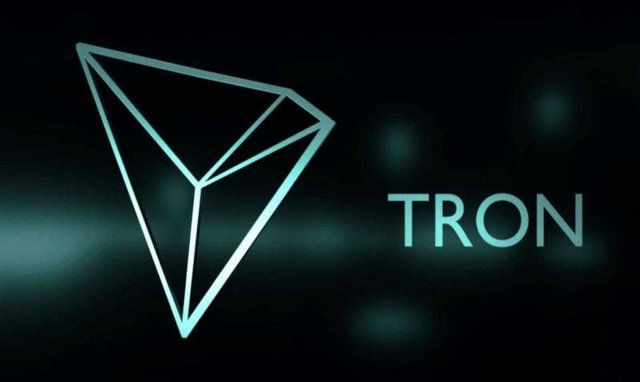
WHAT IS TRON?
TRON is a decentralized blockchain platform aiming to revolutionize the entertainment industry. Its goal is to create a free and global entertainment platform that allows users to easily and cost-effectively share digital media and content.
How does TRON work?
TRON is an open-source blockchain platform for smart contracts and decentralized apps (DApps). It is similar to Ethereum and initially started as an Ethereum token before transitioning to its own blockchain. While TRON has various objectives, its primary focus is on decentralizing the web.
TRON's main objective is to transform the entertainment industry. The platform aims to use blockchains for a content-sharing system, eliminating intermediaries such as YouTube and Amazon, which profit significantly from content. Instead, TRON seeks to connect content creators directly with users.
The Technology Behind TRX
The TRON network operates based on several principles, with decentralization being the first. All data on the blockchain is entirely open and not controlled by a central authority. Content creators receive TRX as a reward for offering their media.
Creators can also generate their own tokens on the TRON network and use them within their own DApps. Additionally, TRON is developing games on the TRON network, allowing players to directly reward creators when supporting a game.
Architecture of TRON
TRON employs a three-layered architecture consisting of a core layer, a storage layer, and an application layer. Here's how these three layers function:
The core layer performs essential blockchain tasks, including transaction validation, account management, and smart contract execution. It uses a programming language originally developed for Ethereum.
The storage layer is designed for data storage.
The application layer is used by developers to build applications, with support for various applications as TRON supports smart contracts.
To validate transactions, TRON utilizes a Delegated Proof of Stake (DPoS) consensus mechanism, a variation of the standard Proof of Stake model. Users stake their tokens as collateral, similar to the typical Proof of Stake model. What "delegated" adds is the right to vote for "super representatives" who validate transactions, with these representatives being chosen every six hours.
Super representatives receive blocks of transactions to validate, earning a reward in a small, periodic percentage of TRX for each block.
Ambitious Goals
The TRON team has announced several long-term ambitions. For instance, the platform aims to become the most flexible blockchain for developers, with software that is compatible with Ethereum development software. Future collaborations with other blockchains are also on the horizon.
Additionally, TRON is venturing into DeFi (Decentralized Finance). Through the JUST Network, a branch of TRON, the platform already offers various financial services on the blockchain.
Your article is very much beautiful. I hope you write articles like this in the future. thank you
Downvoting a post can decrease pending rewards and make it less visible. Common reasons:
Submit
Nice analysis about TRX. Thanks for sharing
Downvoting a post can decrease pending rewards and make it less visible. Common reasons:
Submit
Nice piece you have shared here, this is a wonderful information on trx blockchain thanks for educating us on the tron blockchain at this time
Downvoting a post can decrease pending rewards and make it less visible. Common reasons:
Submit